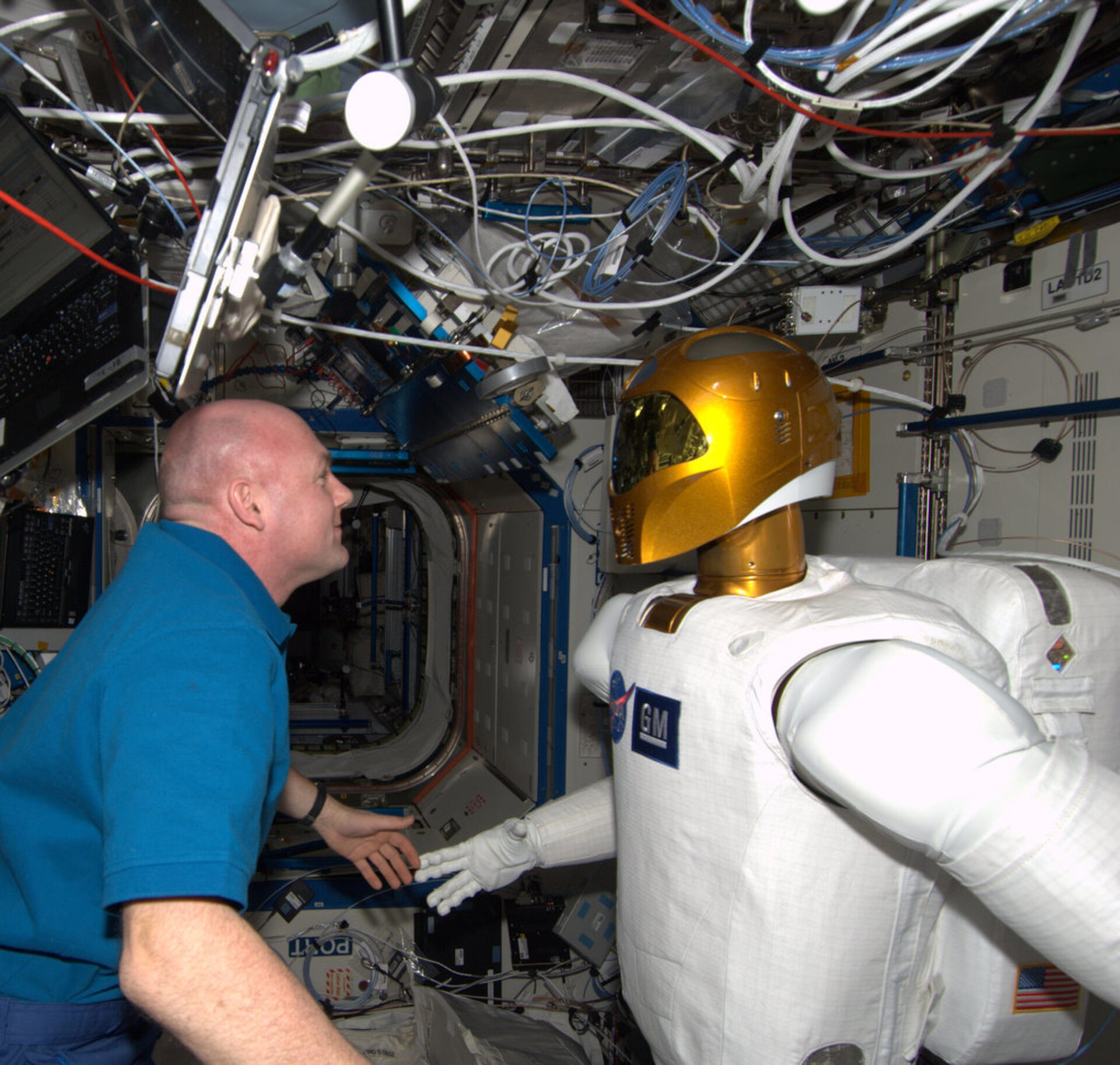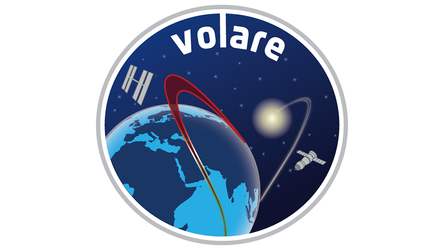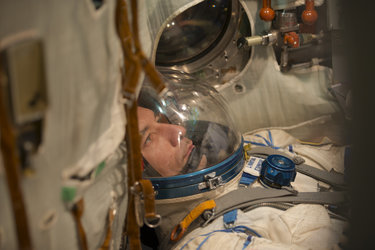Human Research
Cartilage
Where bones connect they are protected by cartilage that reduces friction and absorbs shock. Our bodies do not repair damaged cartilage well, leading to painful joints and some forms of arthritis.
Researchers know that to keep cartilage healthy it must be used regularly under load. Overexertion, however, can damage the tissue as well and it is unclear what the ideal level of exercise is.
This experiment investigates the effects of living in space on cartilage. As astronauts in microgravity have little to no pressure on their joints, it is expected that Luca will lose some of his cartilage. To test the theory, his knees were scanned by MRI before and after his mission to track changes.
This research will assess risk for people travelling in space and bedridden patients on Earth, as well as help to develop methods of preventing cartilage damage and increasing our understanding of arthritis.
Circadian rhythms

Our bodies know roughly what time of day it is, making us feel sleepy at night. Our biological clock follows Earth’s 24‐hour cycle by reacting to sunlight. In our modern world many people live outside of the natural cycle, staying up late or working night shifts. Problems with sleeping are common but not fully understood.
In space, Luca experienced 16 sunrises and sunsets every day on the International Space Station. How his biological clock reacts is of interest to the next generation of astronauts as well as people on Earth who work irregular hours such as doctors and emergency workers.
The experiment measures Luca’s temperature and melatonin, a hormone linked to sleep. The findings will help in working out how to rest effectively and be alert when most needed.
Energy

Scientists want to know how to feed people on future missions such as to the planet Mars. Imagine an astronaut growing hungry and running out of energy during a critical moment such as a Mars landing.
This experiment looks at the energy expenditure of astronauts during spaceflight to plan adequate but not excessive food supplies. It is a complex experiment and many astronauts are involved. ESA astronaut André Kuipers took part in this experiment on his PromISSe mission before Luca.
Just as with most physiology experiments, measurements are conducted before, during and after flight. This is the only way to record the differences between living on Earth and in microgravity.
The space part of this experiment lasts 11 days. Space food is eaten from a special package on the first two days and everything is registered with bar codes and on written forms to know exactly what Luca eats. He will drink water with deuterium isotopes and regularly collect water and urine samples. The isotopes allow the scientists to examine how Luca’s energy levels change over the 11-day protocol.
A mask measures the amount of oxygen Luca absorbs for 20–50 minutes at a time during the second day to deduce energy consumption. All movements are recorded during the experiment using an activity monitor.
Sarcolab
Astronauts lose muscle in space and need to exercise daily to minimise loss. Luca’s lower leg muscles were analysed as they contract before and after his mission. These muscles will hardly be used in space and Sarcolab will get a better understanding of how muscles and motor control deteriorate when unused. The experiment includes removing a small part of Luca’s leg muscles for closer examination.
The findings will help people on Earth who cannot use their muscles for a period of time such as after a severe accident.
Skin-B
Our skin protects us, regulates our temperature and allows us to feel objects. As we grow older, our skin becomes more fragile and takes longer to heal from injuries. Astronauts lose more skin cells and age faster during spaceflight. A common complaint of astronauts is cracking skin and rashes or itchiness.
This experiment was the first research into skin in space. Skin-B collected data on Luca’s skin such as its structure, oxygenation, hydration and elasticity. The goal is to develop a computer model of how skin ages. This model could contribute to helping protect people’s skin on Earth as well as in space.
Space headaches
Almost three-quarters of astronauts suffer from headaches in space. Described by some as ‘exploding’, the headaches are unlike anything felt on Earth. This experiment investigates the headaches astronauts experience through regular questionnaires.
This experiment studied the number of headaches Luca experienced on the Station. The researchers are looking to understand the causes of headaches in space – are they linked to the fluid movement to the head in microgravity? Is there a link between headaches on the ground and in space?
ESA astronaut André Kuipers was the first test subject on the PromISSe mission in 2012 while Luca continued collecting data on his headaches. The headaches are classified and analysed according to the International Classification of Headache Disorders.










